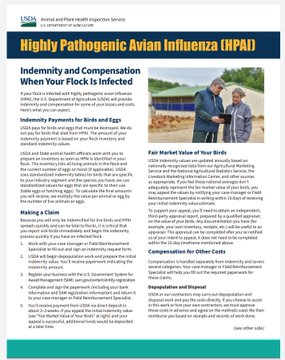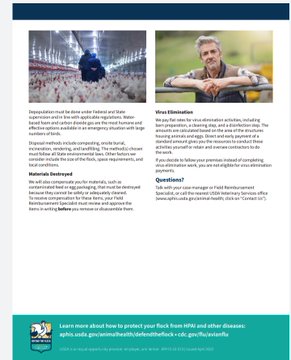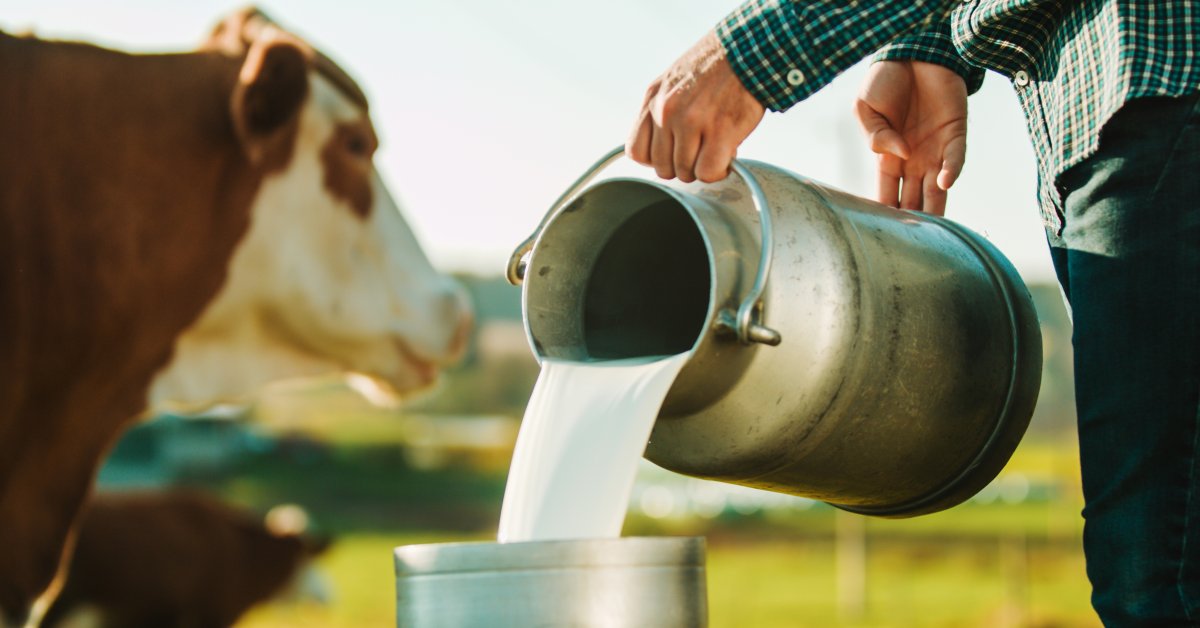
Kai Kupferschmidt
@kakape
In his media briefing just now,
@WHO
director general
@DrTedros
called out the US response to #H5N1: 220 people are being monitored and at least 30 have been tested, he noted. "However, many more people have been exposed to infected animals and it's important that all those exposed are tested or monitored and receive care if needed.."
------------------------------------------------------------------------------
I have lambasted China for years for their lack of disclosure. Now the US - in effect - is doing the same thing. Shameful.
Get out the federal checkbook and start trading cash for cooperation and information. We do that all over the world. Years ago we helped Egypt financially with their H5N1 problem through Namru and USAID + actual cash. Where is the $ for US states and farmers?
What are our priorities? We hand out US taxpayer money all over the world - H5N1 is having a world effect. Hand out $ domestically too.
omg....this is not brain surgery....this is pandemic response 101.












Comment